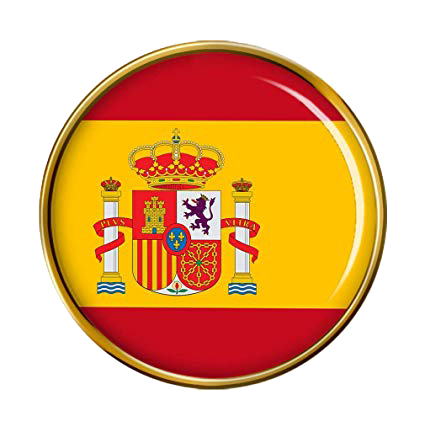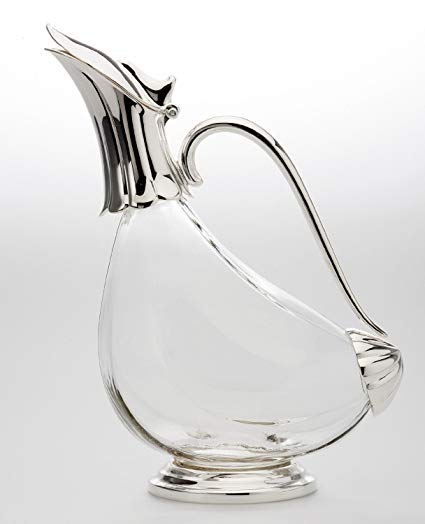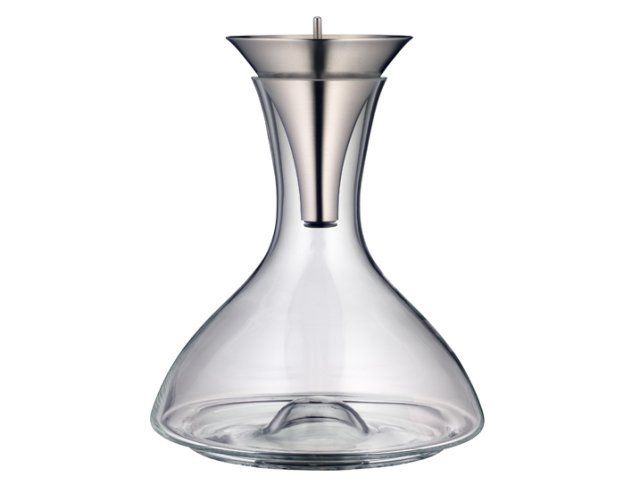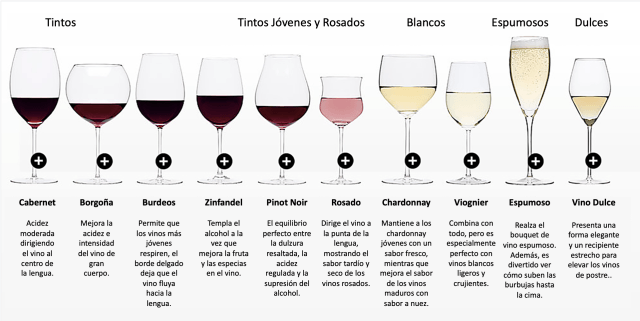How to serve Wine
Types of Wine Glasses
The function of the glasses is to better capture the bouquet, highlight the flavor and be able to see its visual characteristics, so it is necessary to have a special glass for each of the wines.
One of the main characteristics of the glass must be smooth or fine glass (never thick glass or glass and never plastic or metal). The glass must be colorless, nor frosted, without silk-screen printing, totally transparent so that the clarity and color of the wine can be admired.
Storage

Optimal temperatures for the service of the different wines:
Young whites: 8ºC
Sweet whites: 6-8ºC
Barrel whites: 10-12ºC
Rosés / Cavas: 6-8º C
Young, light reds: 12-14ºC
Powerful reds, full-bodied: 14-16ºC
Aged reds: 16-18ºC
Wine Service
"Red wine is drunk at room temperature ... yes, but the wine from the winery"; that is to say 16-18 ° C.
The same happens with the whites and pinks, but in reverse. When a wine is too cold, good or bad, its aroma disappears and it becomes totally neutral.
Ideally, the wines should reach their optimum drinking temperature without abruptness, gradually. In the case of a great red, the bottle must be removed from the cellar the day before and left standing for 24 hours, in a cool place (16-18 ° C). Never put wine in the freezer, or a very hot red wine in an ice bucket. Finally, we must not forget that the wine gains one or two degrees in the glass, especially if the room is hot.
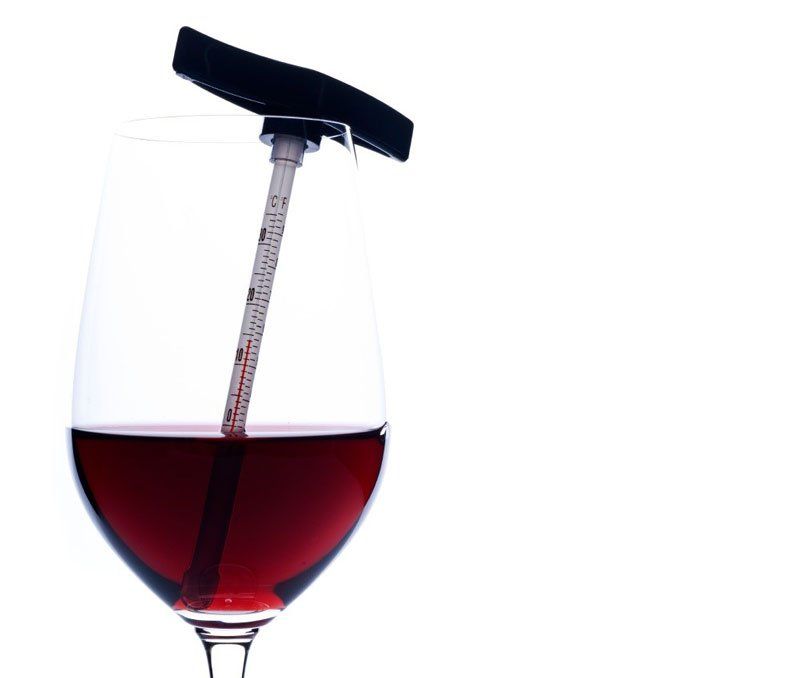
The capsule

The Escanciadores or decanters
When does the wine need to be decanted?
They are used mainly for mature, aged or aging wines that have spent many years in the bottle, which have reached a complexity and fullness that must reach the taster intact.
The decanters prevent the sediments that are formed throughout their stay in the bottle from falling into the glass.
They facilitate the oxygenation of the wine and make it evolve more quickly in order to appreciate, in a short time, its organoleptic characteristics.
However, this action is always accompanied by a certain oxygenation, and depending on the wine it can be beneficial or harmful.
Regarding the old question of whether to open a bottle a while before serving, the answer is "NO". If a wine needs to be aerated before consumption, the gas exchange through the neck of the bottle is practically zero, since the contact surface is very small. It is more effective to pour the contents into a spacious decanter, where the desired aeration will take place, which will be positive for powerful aging wines, full of youth and "tannins", thus the aromatic potential of the wine is expressed and intensified.
In the case of old bottles, you have to be very careful with oxygenation since they have a delicate and fragile bouquet and can be totally ruined by sudden and inadequate aeration. In these cases, it is prudent to use a basket, use it with caution and this may be enough to not serve the wells.

Time spent in the decanter:
- For wines young reds : From 1 to 4 hours before the service according to the personality of the wine (the longer the younger and tannic the wine is).
- For wines ripe reds : To respect the fragility of mature wines, decanting will take place just before serving, taking care to avoid thermal shocks (bottle and decanter will be at the same temperature).
- In order to white wines : 15 minutes to an hour before serving. Prestigious broths and liqueur wines will be enhanced with an hour or two in the decanter. Wines with an oxidative character, such as the prestigious “Vin Jaune”, will be delivered after noon in the decanter.
Decanting reserve red wine:
- Stand in a very bright place with a light background (white tablecloth), so that you can see the bottom of the bottle and the neck of the decanter.
- You can also use a candle to help us see more clearly.
- The bottle must have been standing for a minimum of two hours (much better if it has been there since the day before).
- Once the transfer has started, do not interrupt it until the process is finished.
- Do it slowly, without haste, so that the precipitate does not alter.
- If we are dealing with a wine of great age, make the liquid slide gently down the walls of the decanter, in order to limit oxygenation to the maximum.
- If what we are looking for is to oxygenate the wine and it does not present deposits (this operation is called jarrear), we will look for a large "flask", the transfer must be done energetically, so that the liquid hits against the glass and we enhance the result.
Type of Squeezers or decanters
There are different types of decanters that are useful depending on the age of the wine and the type of the bottle. We can find the conventional ones, for young wines, and the Magnum ones, for large bottles, there are also the Pato decanters, for the most delicate wines, and the "Port" ones, for wines with a lot of sediment.
Young reds require an aggressive decantation, like a jugreo, so that it can be aired and express its full potential.
Older wines are decanted by candle to prevent sediment from falling into the glass.
The ideal decanter: It has a base with a fairly restricted diameter that will limit the contact surface with the air. A narrow neck will prevent the dissipation of perfumes and will preserve the wine from excessive oxygenation when pouring it into the decanter.
Decanter for white wines: Given their rather fragile nature, white wines must be handled delicately. A light stirring will refine its aromatic purity while preserving its freshness.
How to clean a decanter?
After each use, rinse the decanter with hot water, nevertheless avoiding thermal shocks. Then drain upside down. A drainer for decanter allows you to easily carry out this operation. Over time, a thin film of tannins is deposited on the walls, fogging them up. Other accessories are also available that allow you to more conveniently clean your decanter.
Hold the cup
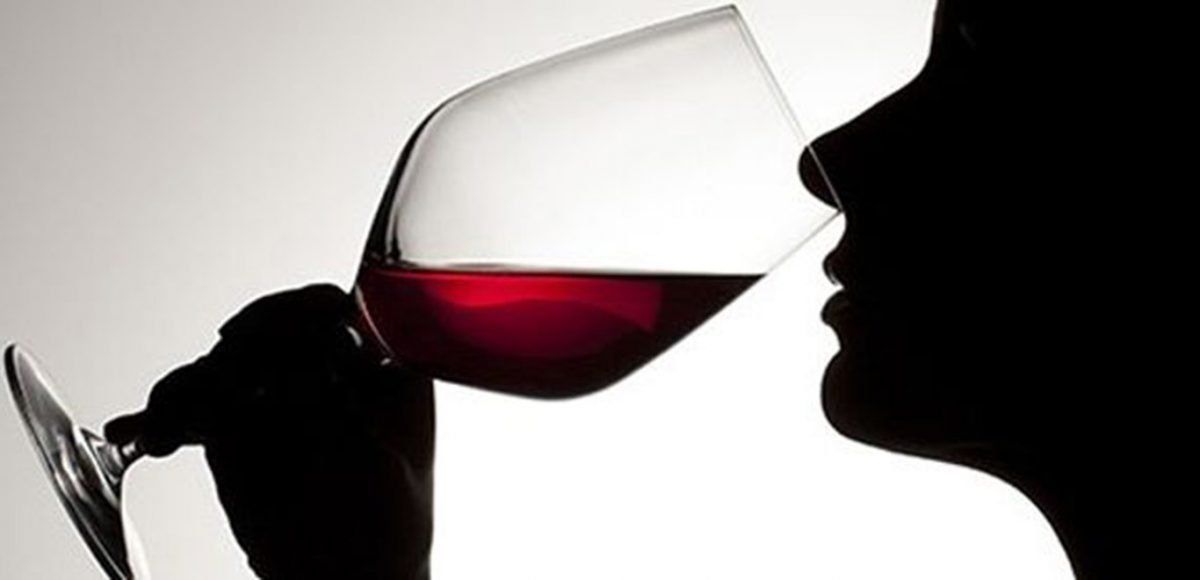
Vessel
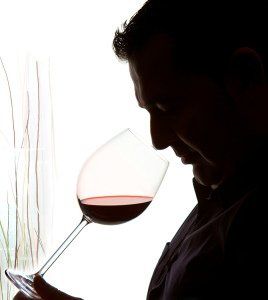
Taste
- In the tip the sweet, the acid in the lateral areas,
- The astringent in the back,
- The salty in the ends.

Service





